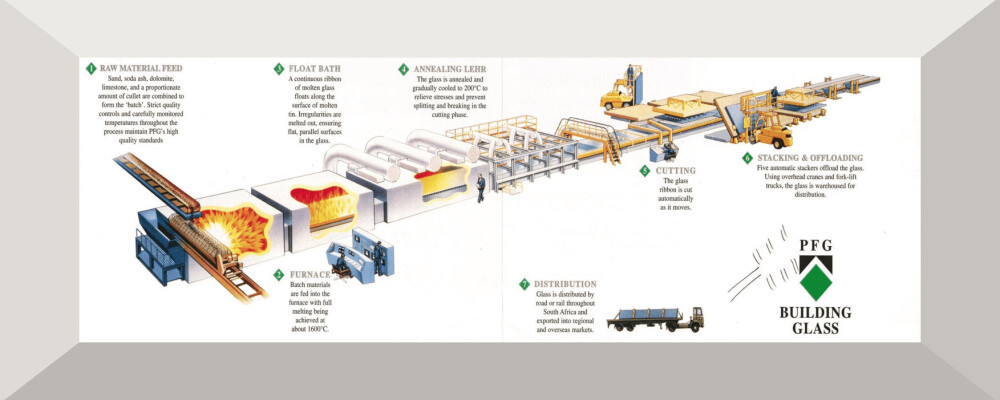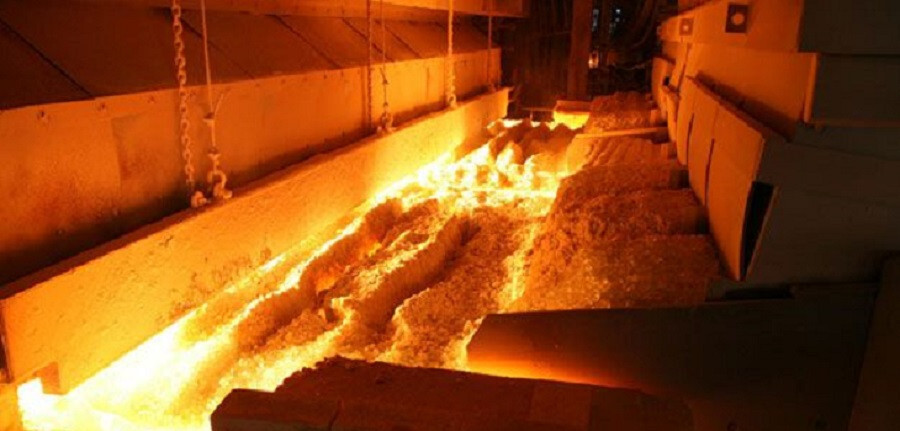
Leading the Way in Environmental Improvement


Why glass polishing is great for the environment
As I wrapped up my end-of-financial-year chat with my accountant, I found myself reflecting on the past year and what we have accomplished - and reformatting the Technical section into a blog format has been on my To-Do-List forever. So here we go......
A Year of Achievements
Two things transpired: Firstly, we increased turnover by more than 20% - well done, team! And, secondly, I decided to find out exactly how effective our Glass restoration work was environmentally. Turns out that we polished around 900 glass panels last year. Not sure if that is a record, but certainly one of our better years. So, let's dive into the environmental benefits of glass polishing
Environmental Impact
Picture this: 900 panels, each one a potential candidate for replacement, saved from the landfill. Some of these panels were enormous, with the largest being approximately 2.4 by 12 meters and 19 millimeters thick. But let’s say, on average, each panel was three square meters and 10 millimeters thick. let's say only 90 would normally be replaced. With a rough back-of-envelope calculation, this amounts to 24 cubic meters or 60 tons of glass! But wait a minute, glass has only a very small carbon footprint, right? Mostly wrong . Each year glass manufacturing produces 95 million metric tons of CO2. That is because of the extremely high temperatures needed to melt the raw materials.(https://www.statista.com/statistics/1071205/carbon-dioxide-emissions-from-glass-production-worldwide)
Reducing CO2 Emissions
Now, let us assume that 90% or let’s say 800 of those panels would have been replaced if we had not restored them. Let’s say the average was three square meters and 10 mm thick. With a very rough back-of-envelope calculation you arrive at 24 cubic meters or 60 tons of glass. (And by the way, recycling only partially helps because the recycled glass has to be re-heated as well).The US Environmental Protection Agency estimates that CO2 emission have been reduced considerably from about 3000 kg to 500kg for each ton of glass produced. https://www.researchgate.net/publication/372975140_Glass_and_a_carbon-free_United_States_What_is_glass's_role_in_the_upcoming_green_revolution
That’s great, but it still this means our glass restoration system saved approximately 24,000 kilograms of CO2 – the equivalent of 190 road trips between Sydney and Brisbane! Not bad for a small business employing just five people!
Balancing the Scales
Okay, I can hear you saying “Of course, GRA also produce CO2 by driving our vehicles, which needs to be subtracted from our savings. However, the trucks that would have delivered the replacement glass would have emitted a fair amount of CO2 as well.
So, all in all, it's a respectable achievement for Glass Restore Australia in this financial year.
Our Goal for Next Year
Next year, we plan to maintain more detailed records of the quantities and sizes of panels. This will enable us to effectively measure our progress in reducing our carbon footprint.
